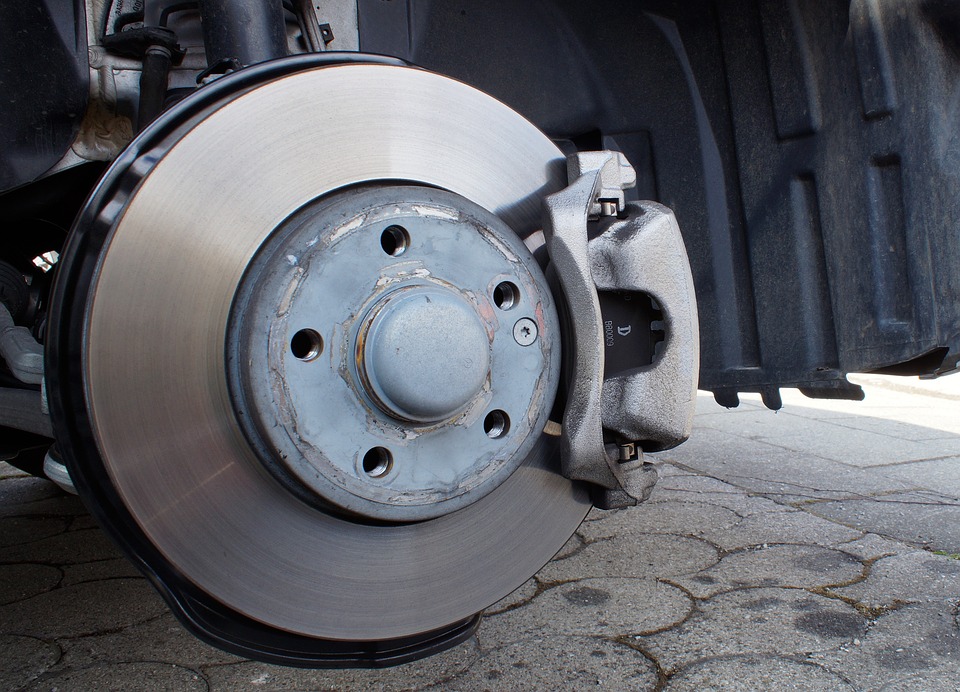Living in Britain, drivers need to prepare themselves for the inevitable wet and icy road conditions, where your typical braking time and distance will usually increase. When you are travelling at 50 mph in dry, warm weather, for instance, your braking distance will be roughly 15 metres. When travelling at the same speed on an icy, winter road with good quality brakes, however, your braking distance will be around 38 metres (that’s the length of thirteen standard cars). This is just a quick illustration of how challenging winter can be for your brakes, and why it is so important that your brakes are up to the challenge so that you can brake quickly and safely in the event of an obstacle in the road or the vehicle in front of you slowing down unexpectedly. Get your brakes ready for winter with this simple guide.
Check the brake pads
Whilst most modern cars have sensors that will prompt the driver to replace their brake pads, there are three key signs to watch out for that suggest that your brake pads have become worn and it is time to replace them:
- Unpleasant sounds such as screeching or grinding metal whenever you apply the brakes.
- Finding that you need to press your foot down further and further on the brake pedal in order for the brake to take effect.
- A juddering or vibrating sensation whenever you apply your brakes.
It does not matter whether or not you have a petrol or a diesel vehicle: these signs of wear will still be warning signs that it’s time for an urgent brake check and replacement appointment.
Check the brake discs
Brake discs also need to be checked on a regular basis. Because your discs will start to wear out at any point between the 15,000 mile mark and the 70,000 mile mark, it is a good idea to start checking them more regularly once you have driven 15,000 miles with them. A key sign that the discs are in need of replacement is a longer braking time than usual and the brake discs may have a visible lip on the outer edge, meaning the brake pads have worn the brake disc down excessively.
Make a winter brake check part of your annual vehicle maintenance schedule
Whether you have a diesel saloon car or a petrol powered super-mini, the principle remains the same: check your brakes at least a month before the cold weather hits. That way, you can perform any repairs to your brakes in a timely fashion, and perhaps make a few other adjustments to your vehicle (such as installing winter tyres). Then, you will be ready to cruise along those winter roads, enjoying the crisp and snowy scenery.

